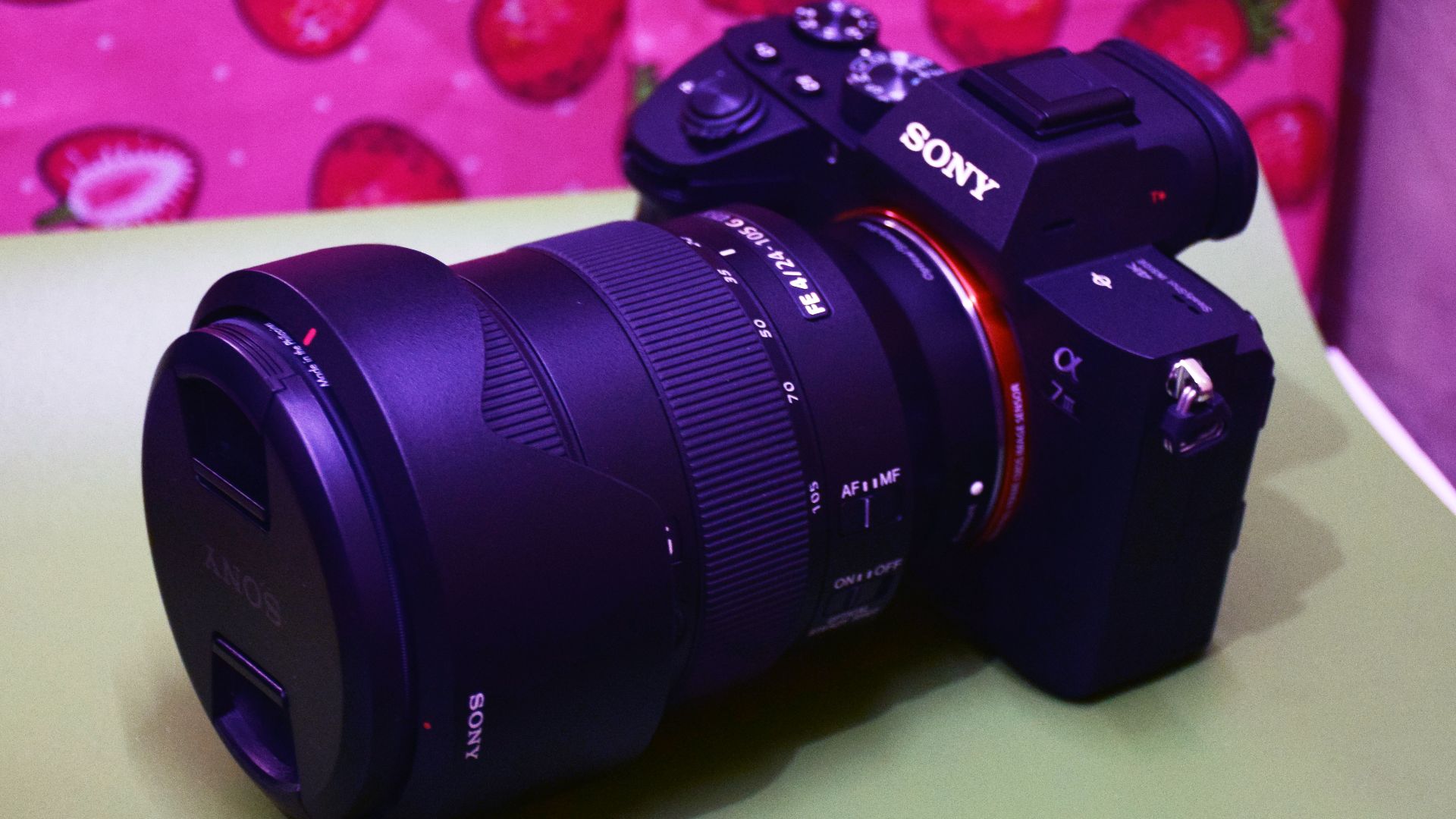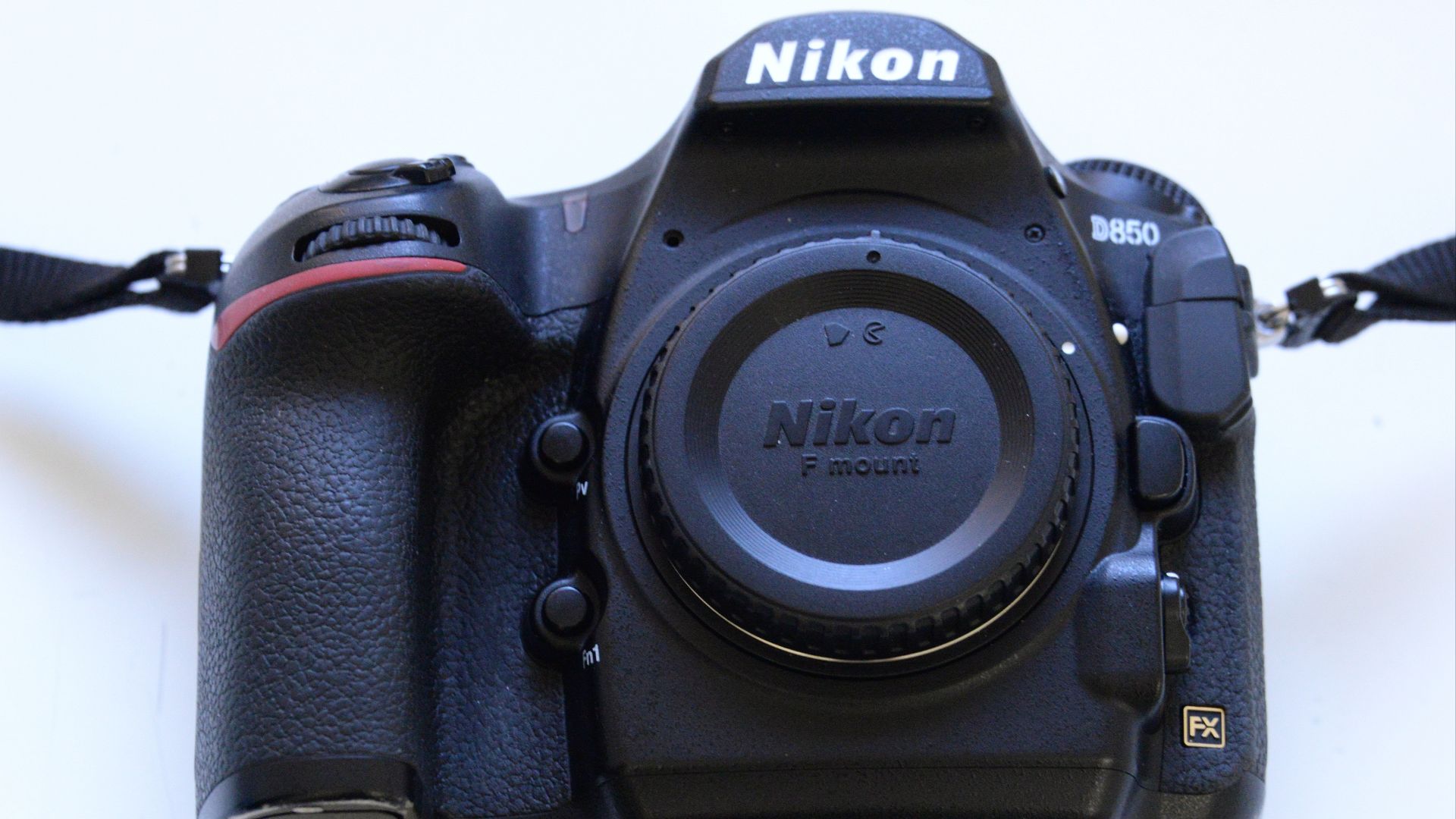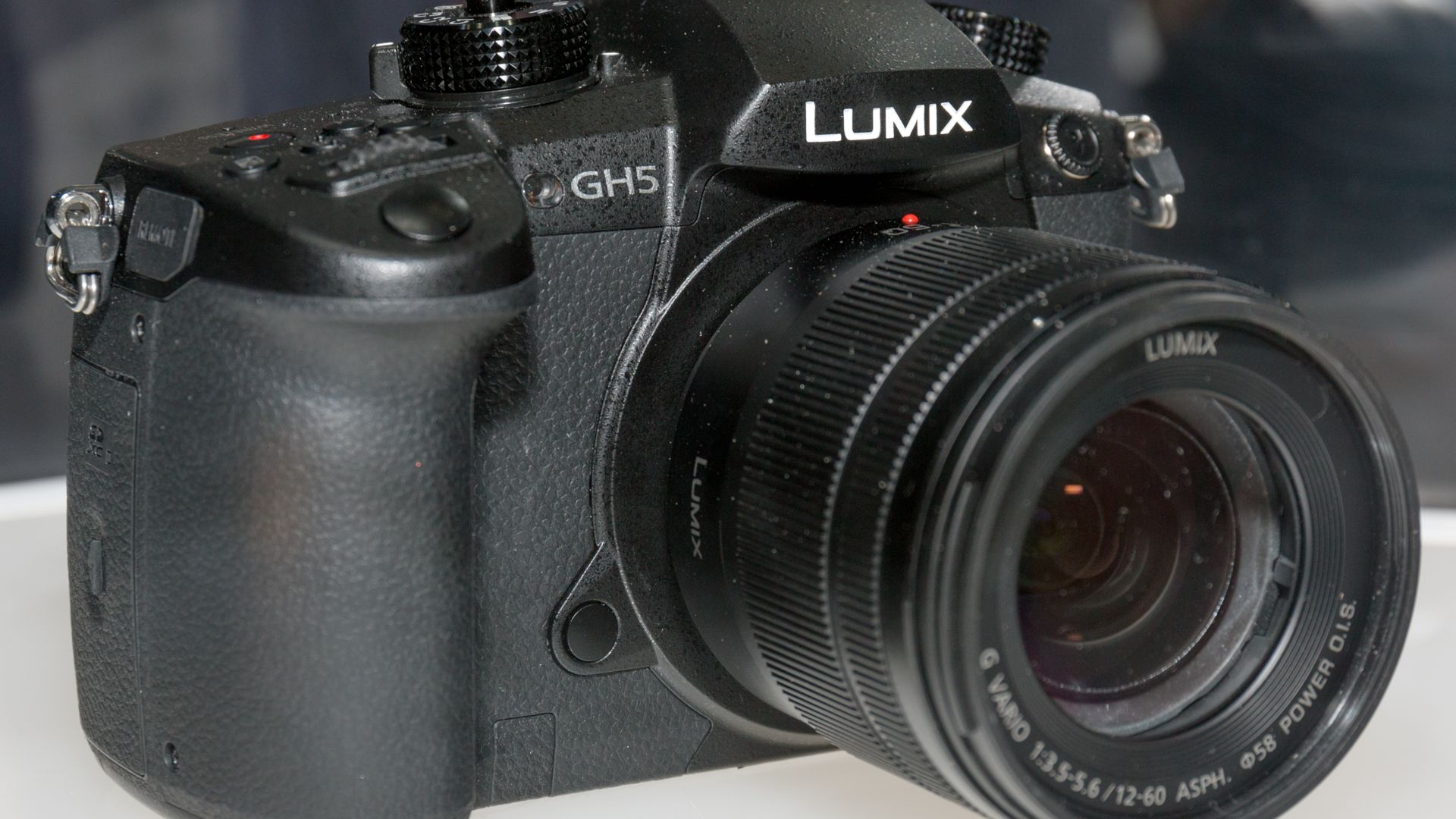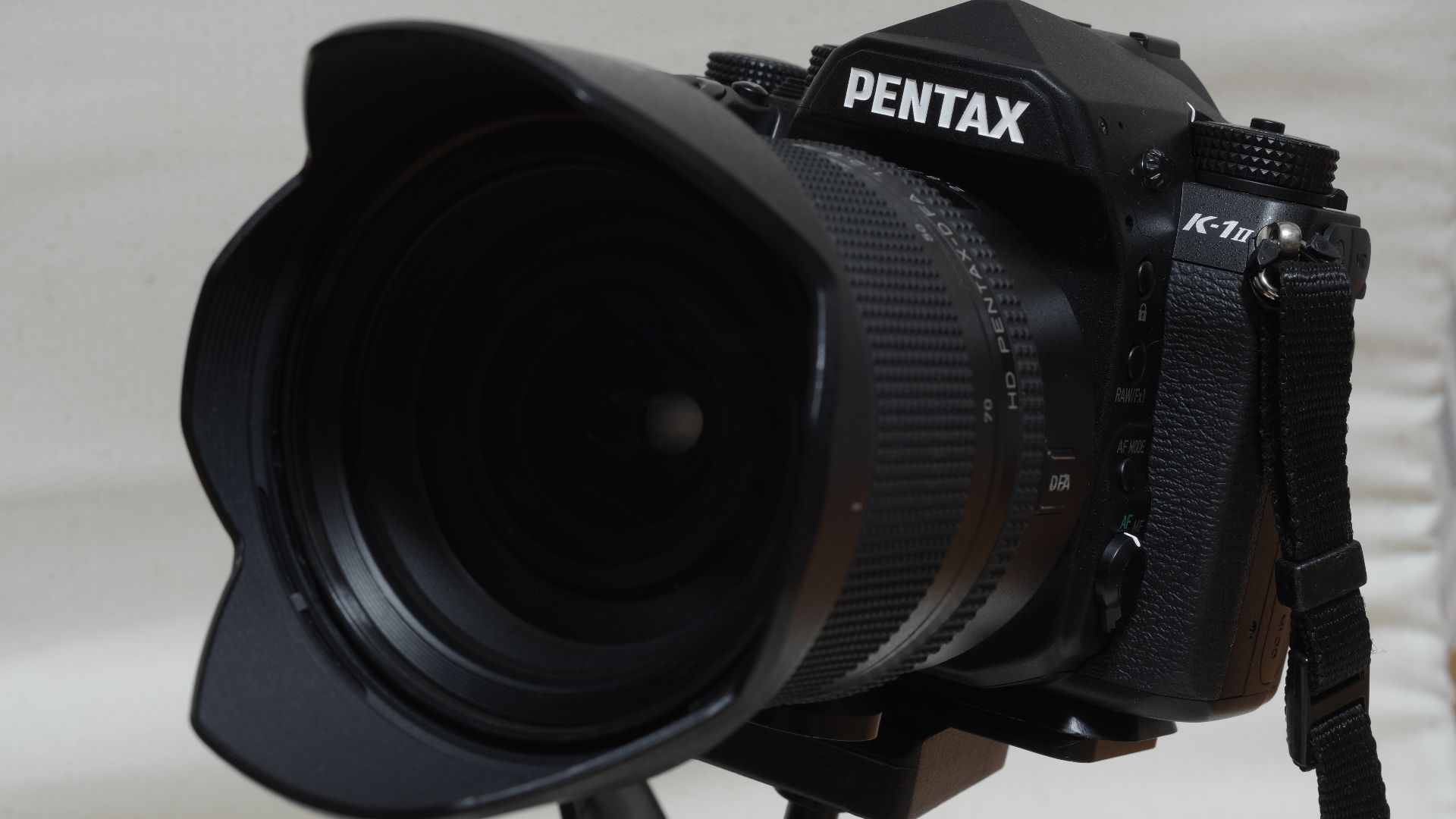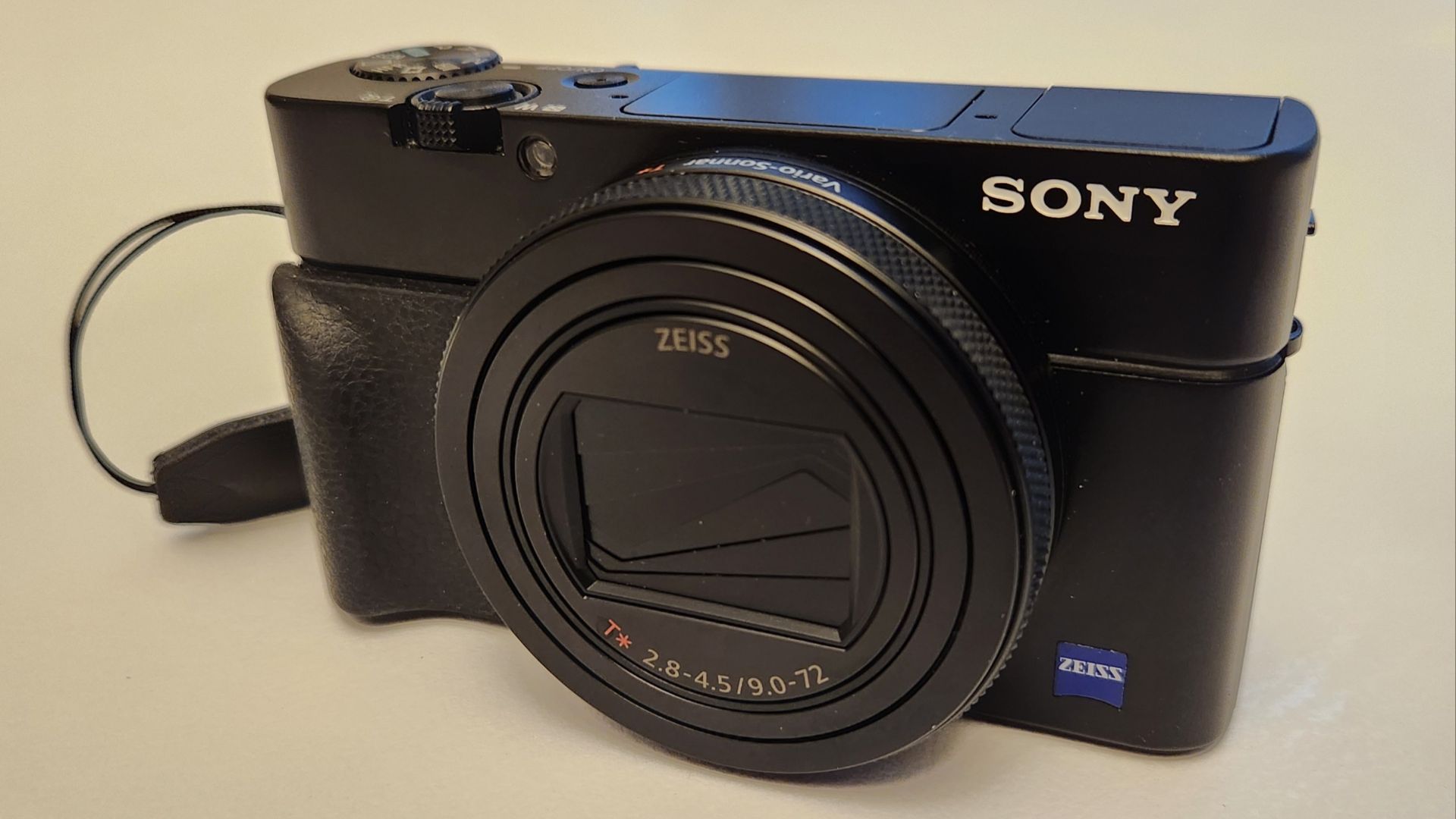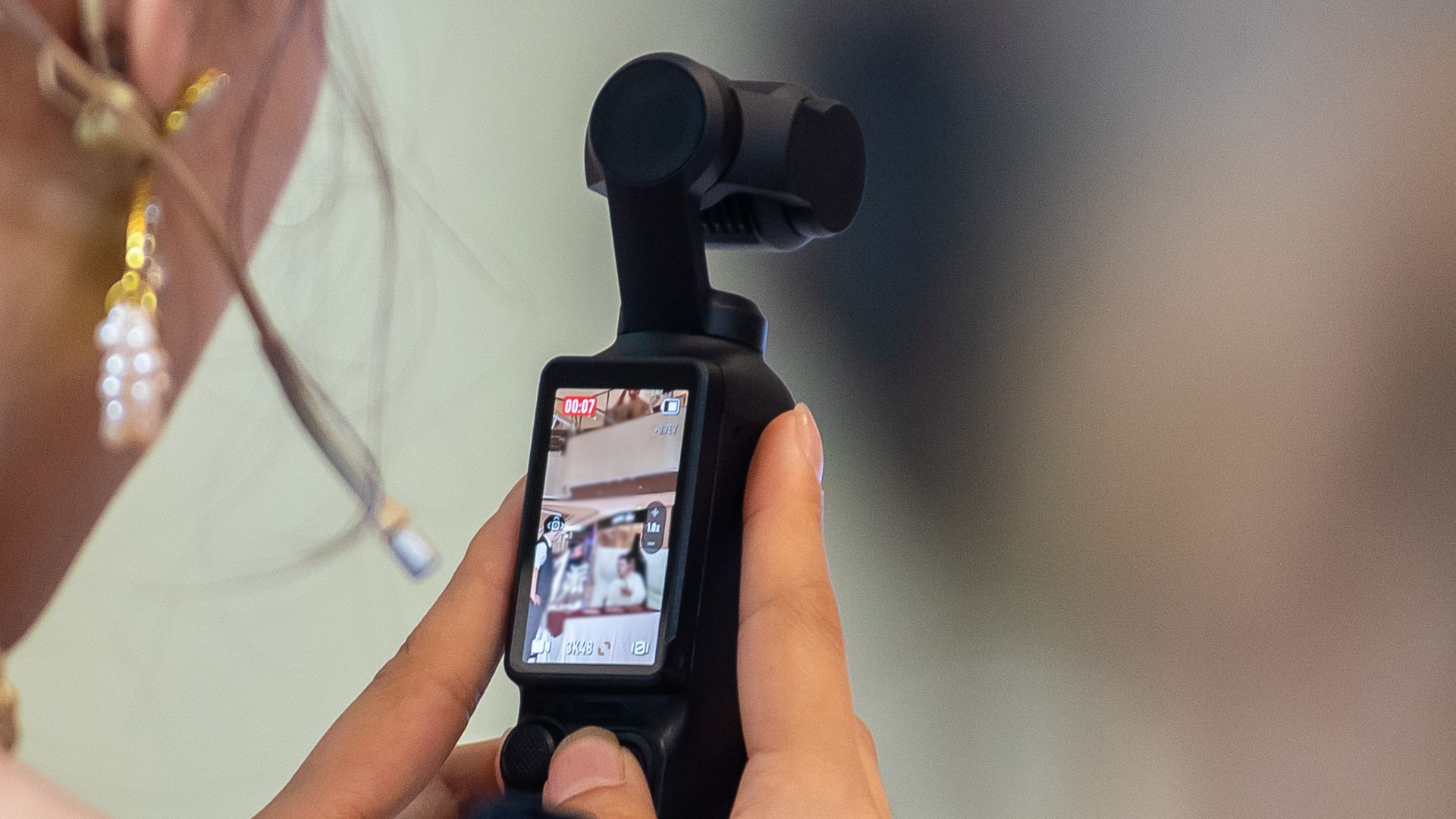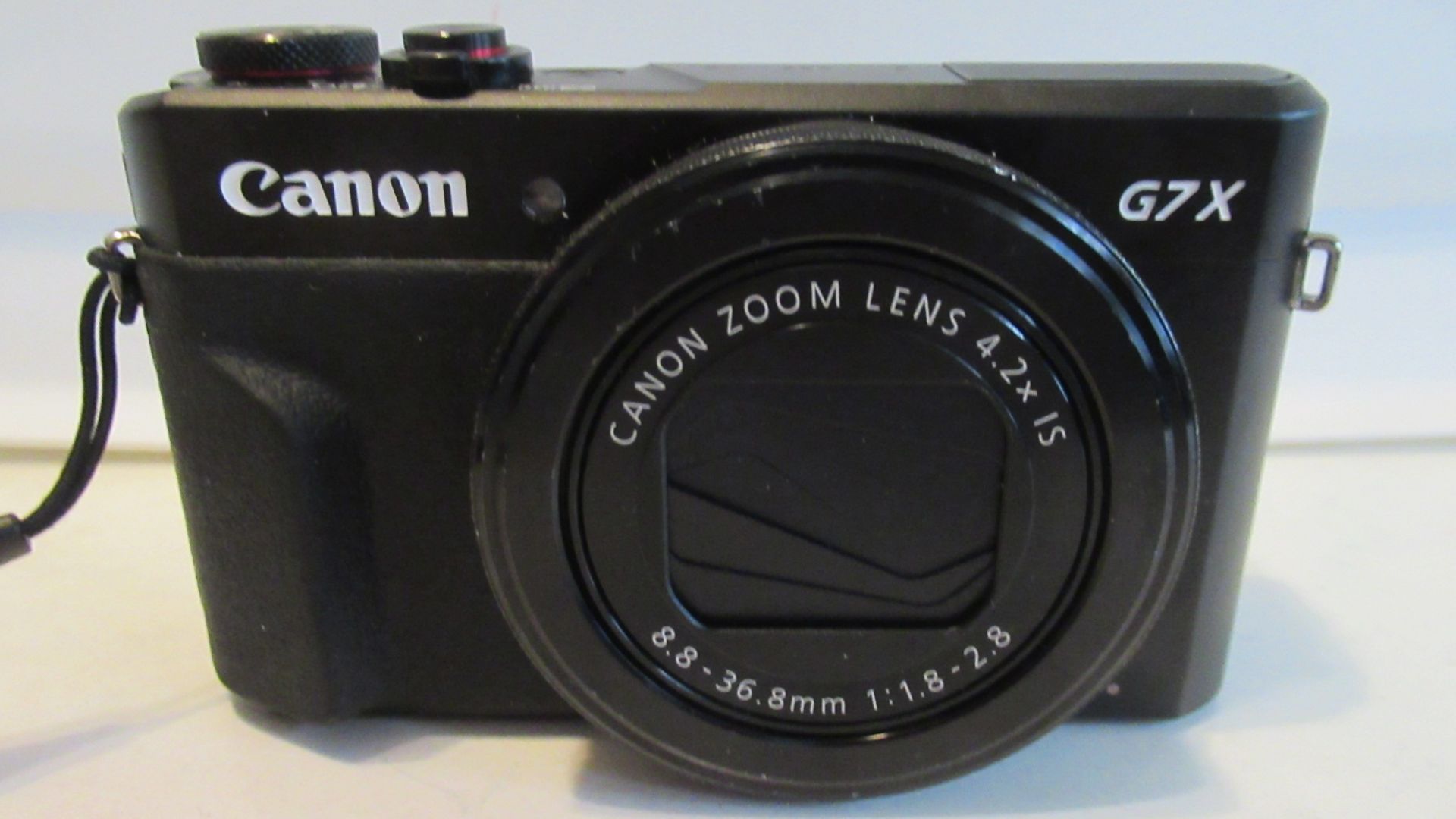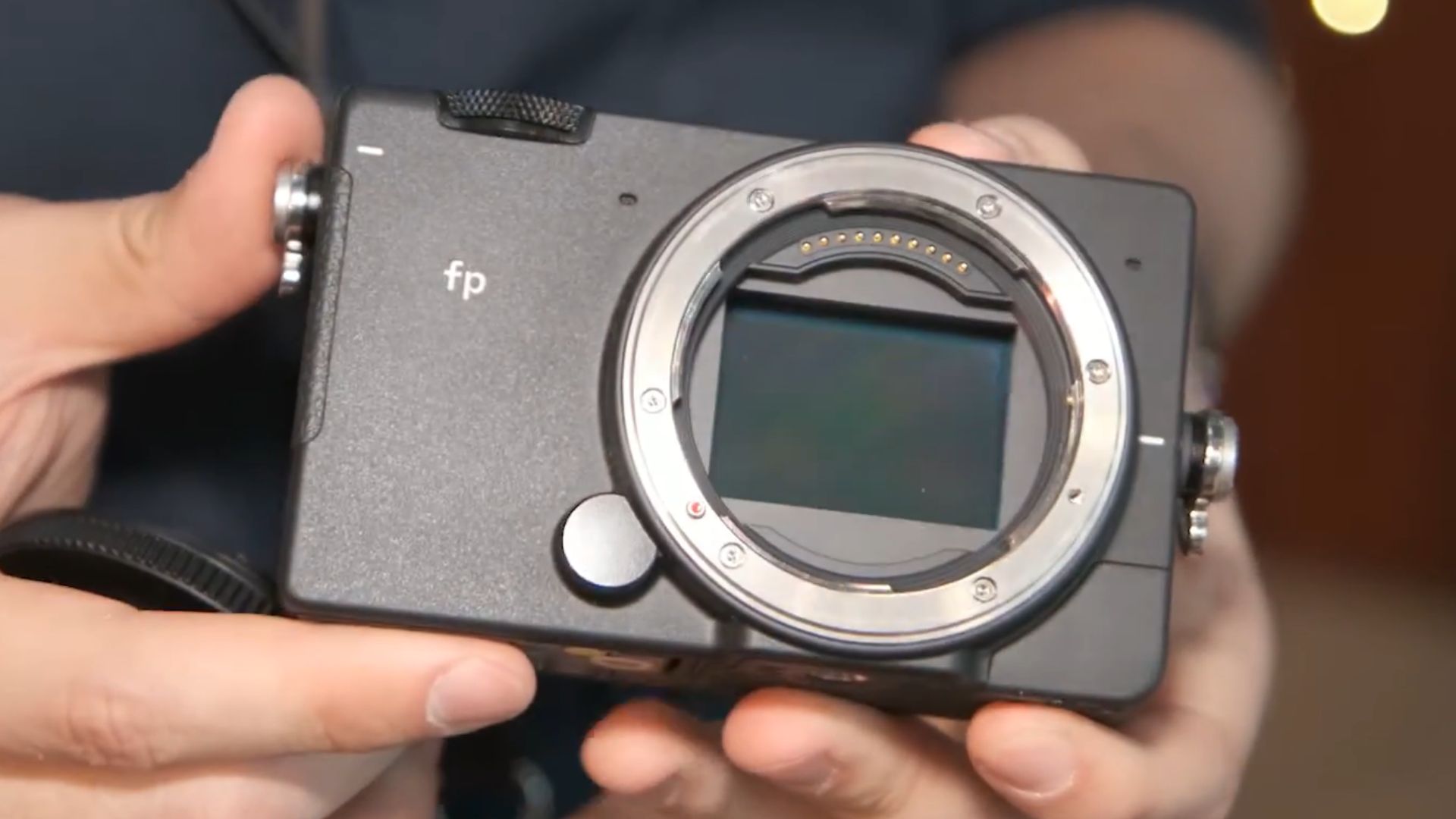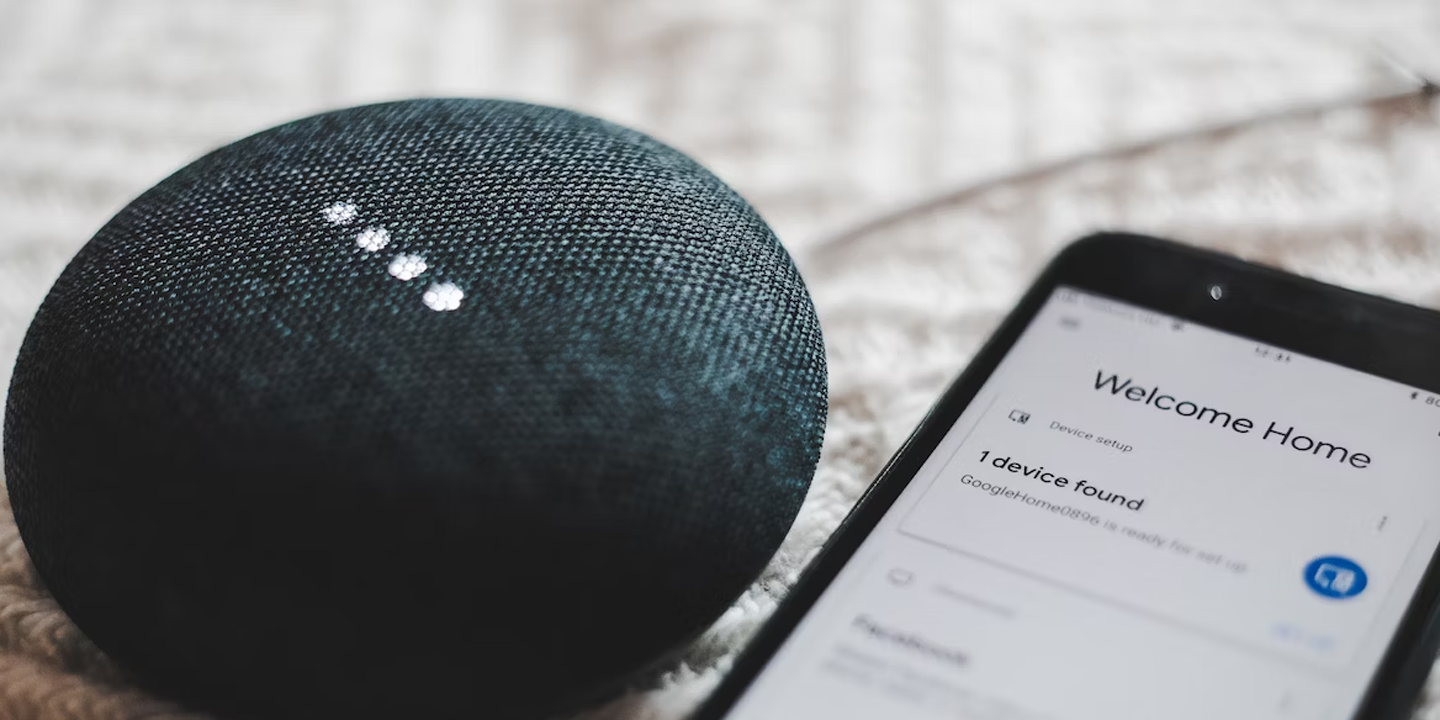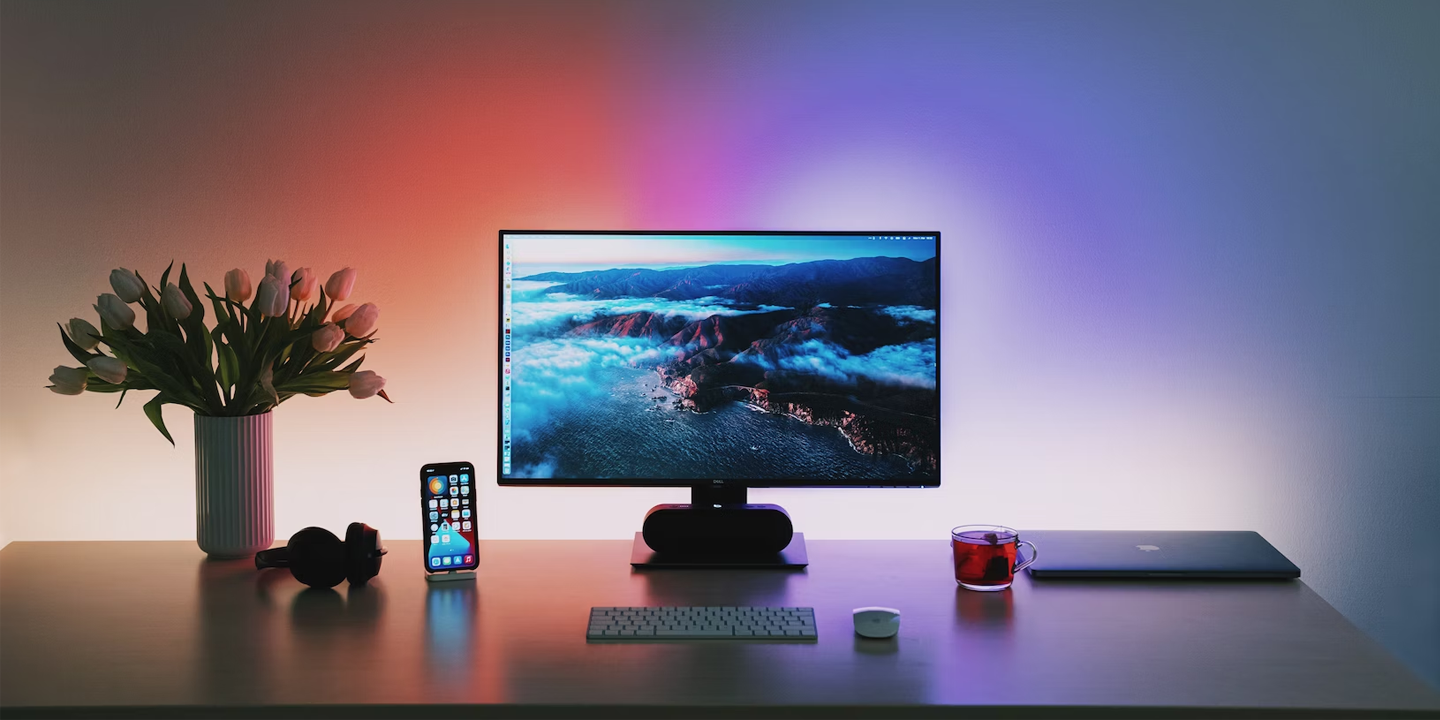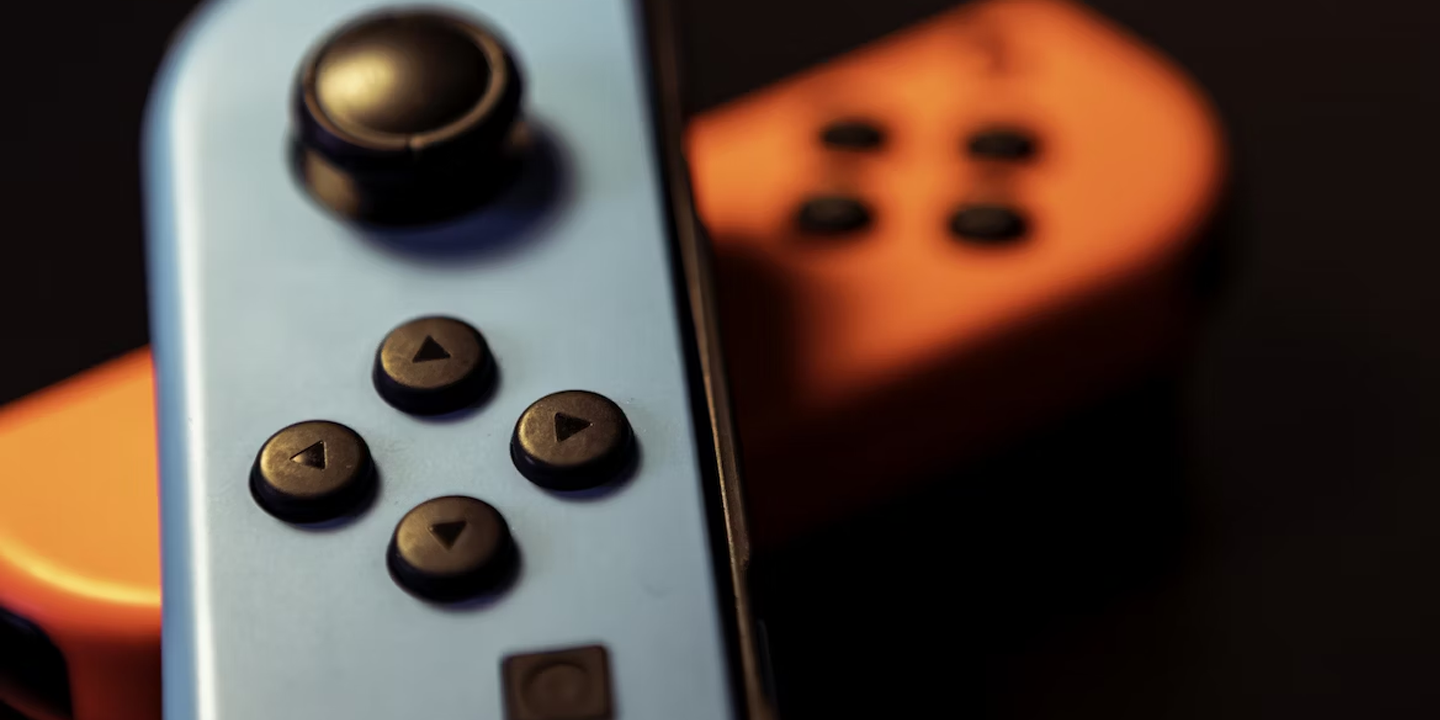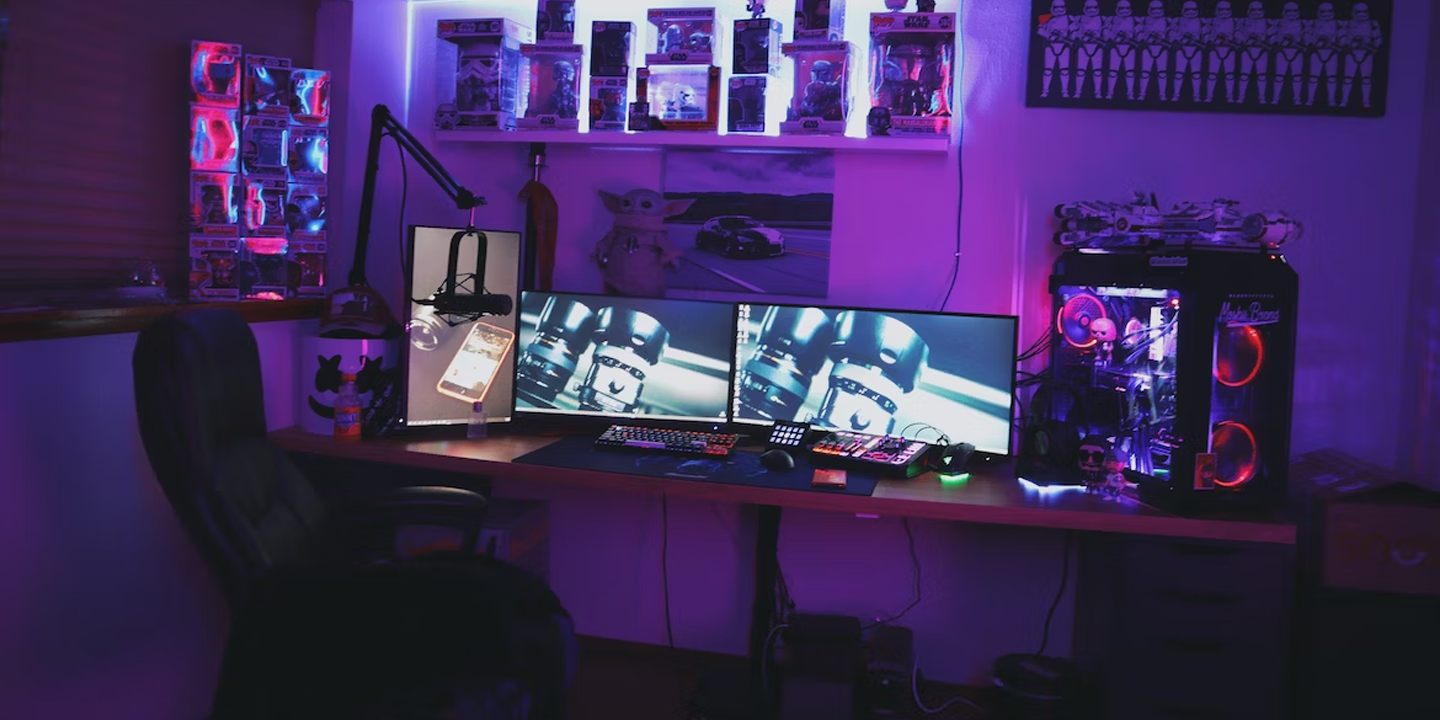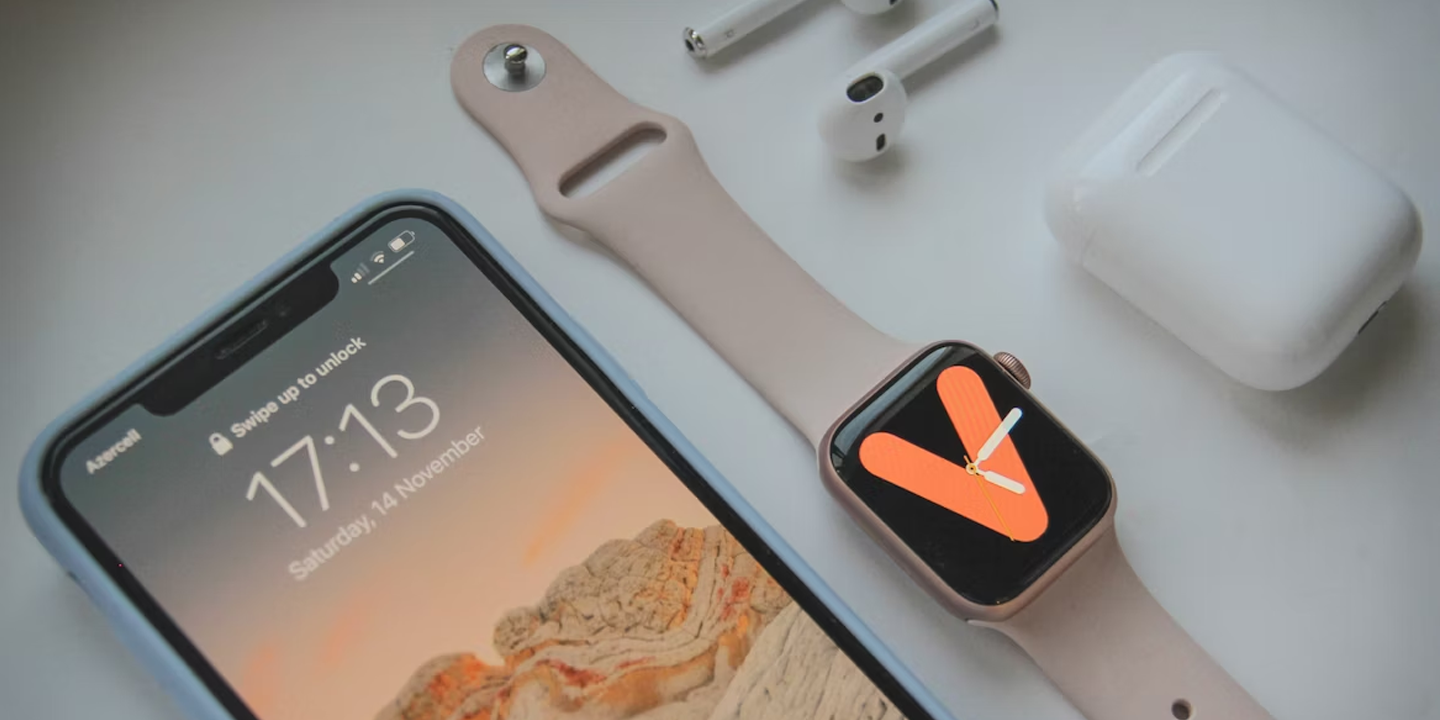Frames That Changed Everything
Digital cameras have come a long way, from clunky compacts to mirrorless beasts that shoot 8K. Over the last two decades, a few standout models didn’t just take great photos—they redefined what cameras could do. These iconic shooters left their mark on pros and hobbyists. Let’s rewind the shutter and examine 20 of them.
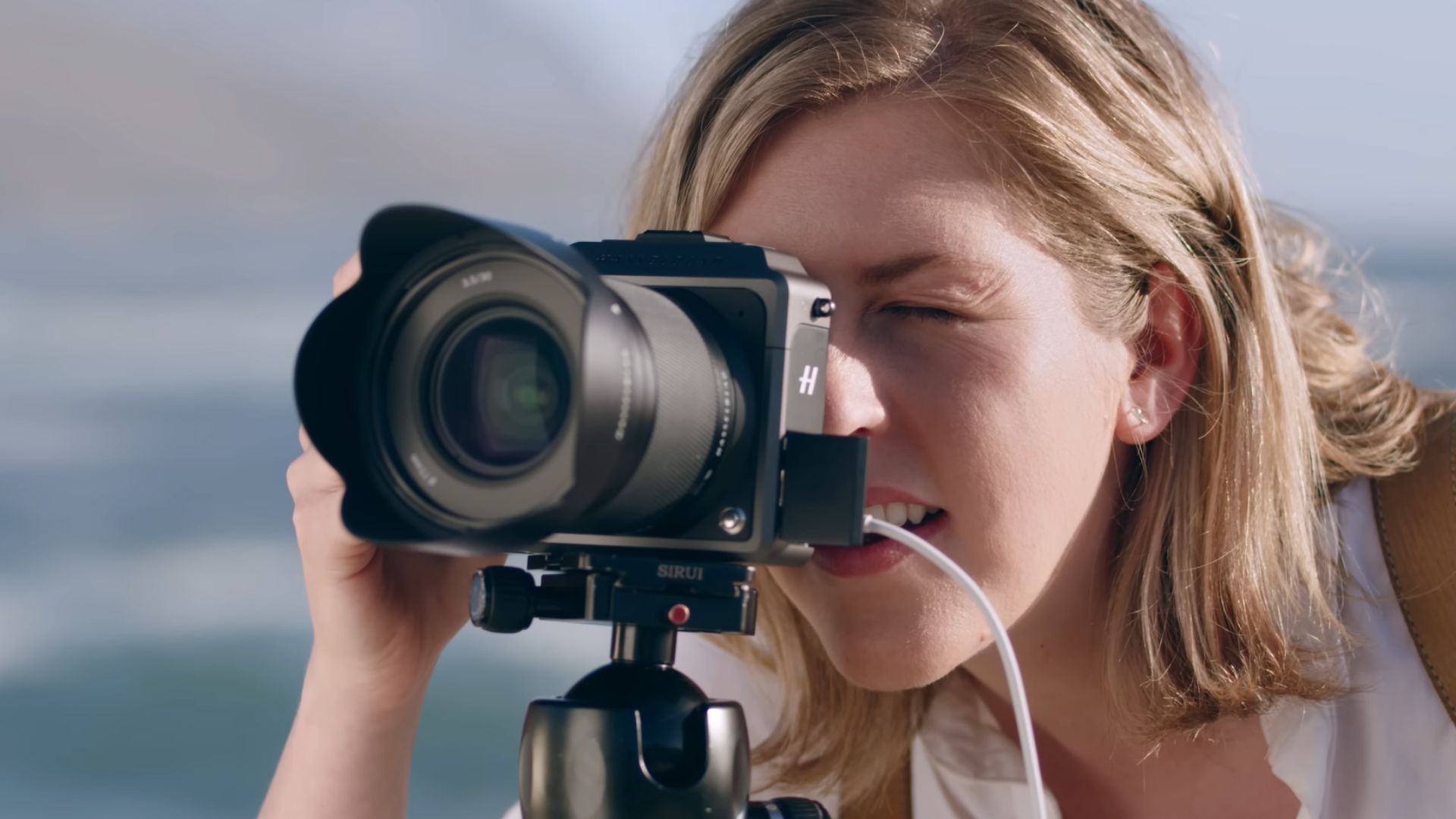 Introducing Hasselblad X1D II 50C by Hasselblad
Introducing Hasselblad X1D II 50C by Hasselblad
1. Canon EOS 5D Mark II (2008)
The camera that launched a thousand YouTube careers. The 5D Mark II was the first DSLR to offer full HD video, and boy, did it change the game. Filmmakers, vloggers, commercial photographers, and wedding shooters embraced it overnight.
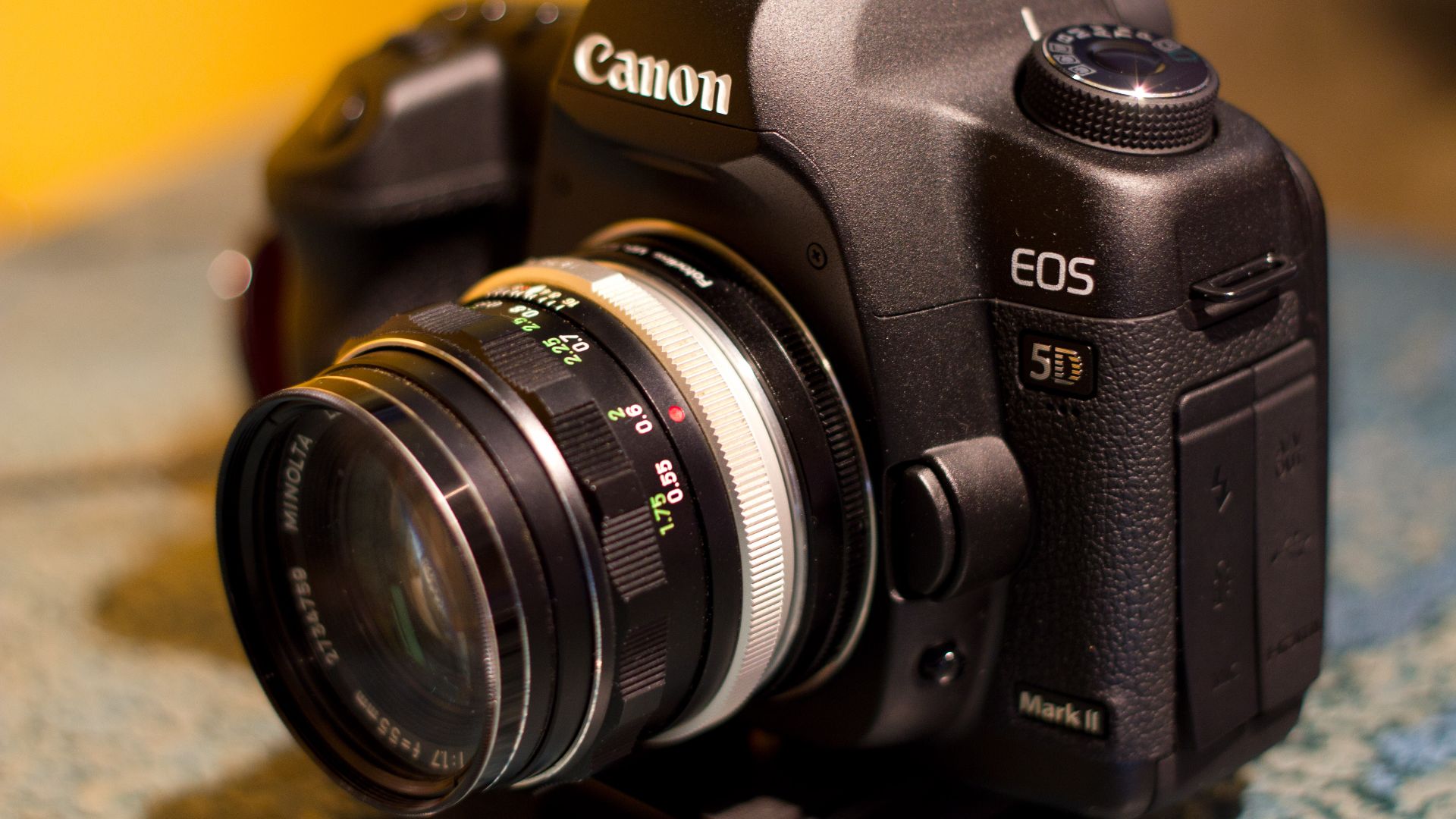 Dave Dugdale from Superior, USA on Wikimedia
Dave Dugdale from Superior, USA on Wikimedia
2. Sony Alpha A7 III (2018)
This full-frame mirrorless gem offered killer low-light performance and dual card slots—all at a semi-affordable price. The A7 III became the go-to for anyone wanting pro specs without remortgaging the house. It blurred the line between enthusiast and professional gear like few others.
3. Fujifilm X100V (2020)
Prime lens and film simulations? The X100V is a street photography legend. It revived compact enthusiasm with its fixed 23mm f/2 lens and stunning JPEG output. It was once ideal for shooting city life or travel scenes.
 Fujifilm X100V Four Years Later | Can the X100VI Improve This??? by Benj Haisch
Fujifilm X100V Four Years Later | Can the X100VI Improve This??? by Benj Haisch
4. Nikon D850 (2017)
The D850 was Nikon’s love letter to DSLR purists. With 45.7 megapixels, a 153-point autofocus system, 4K video, and rock-solid build quality, it became the gold standard for scenery and portrait shooters. Even as mirrorless took over, the D850 proved the DSLR still had some serious firepower left.
5. Panasonic Lumix DC-GH5 (2017)
YouTubers and indie filmmakers still rave about this Micro Four Thirds powerhouse. The GH5 packed in-body stabilization, 10-bit 4:2:2 internal recording, and no recording limit long before it was trendy. For video, it had features that rivaled cameras twice its price.
6. Leica Q2 (2019)
Luxury meets performance in this full-frame compact with a 28mm f/1.7 lens. The Q2 delivers weather sealing and Leica magic in a minimal form. It’s expensive, sure, but it’s also a street shooter’s dream with a cult following to match. Fast and beautifully understated.
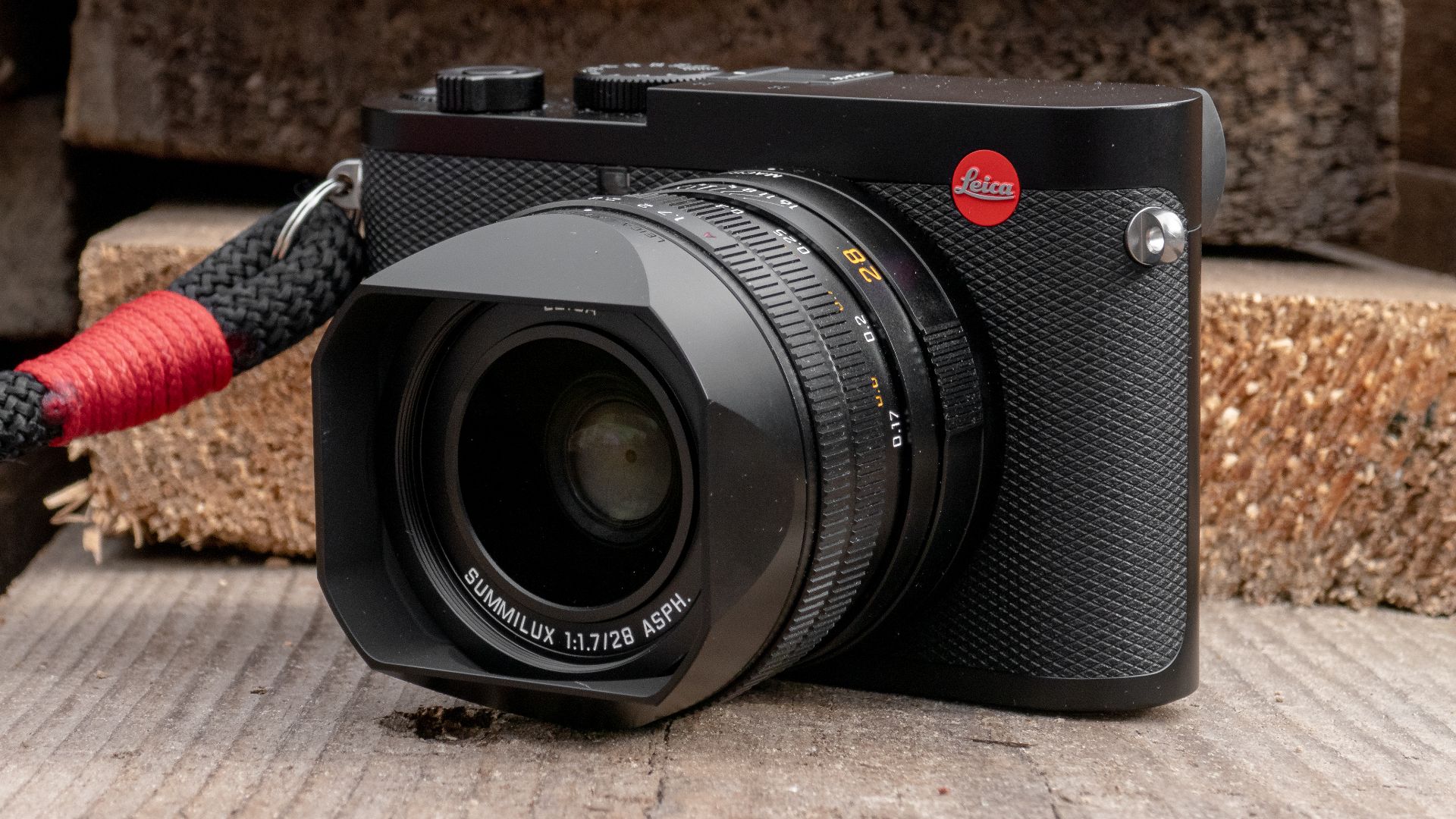 GillyBerlin from Berlin, Germany on Wikimedia
GillyBerlin from Berlin, Germany on Wikimedia
7. Canon EOS R5 (2020)
This mirrorless monster brought Canon back into the game. With 45 megapixels, 8K video, and next-level autofocus, the R5 turned heads and workflows. This one bridged the gap between photo and cinema gear like no Canon had before.
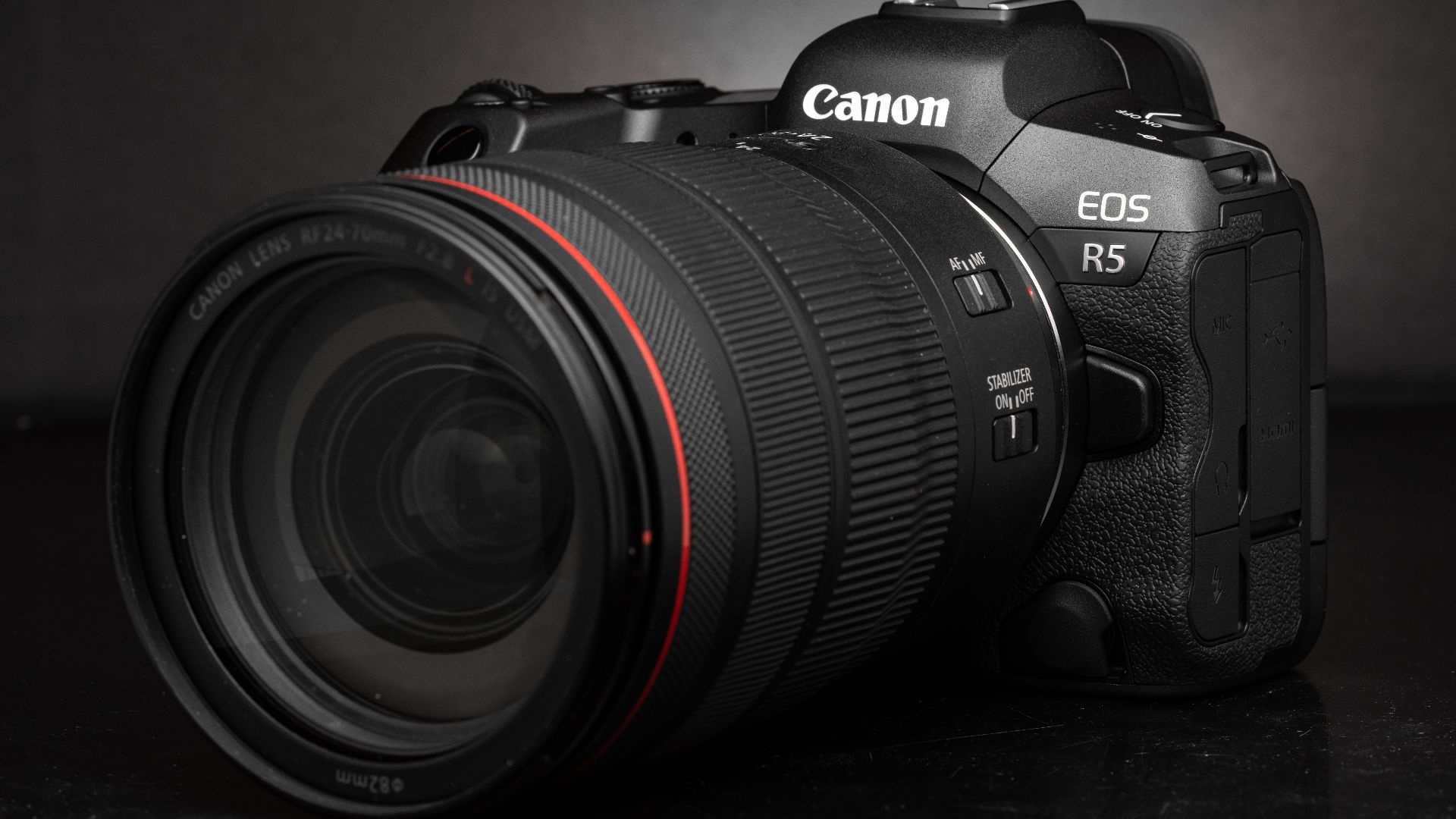 Henry Söderlund from Helsinki, Finland on Wikimedia
Henry Söderlund from Helsinki, Finland on Wikimedia
8. Olympus OM-D E-M5 Mark II (2015)
Don’t let the size fool you. This Micro Four Thirds marvel had class-leading image stabilization and a tilting touchscreen—back when those were rare. It became a favorite among travel and adventure photographers for good reason. Light to carry but heavy on features.
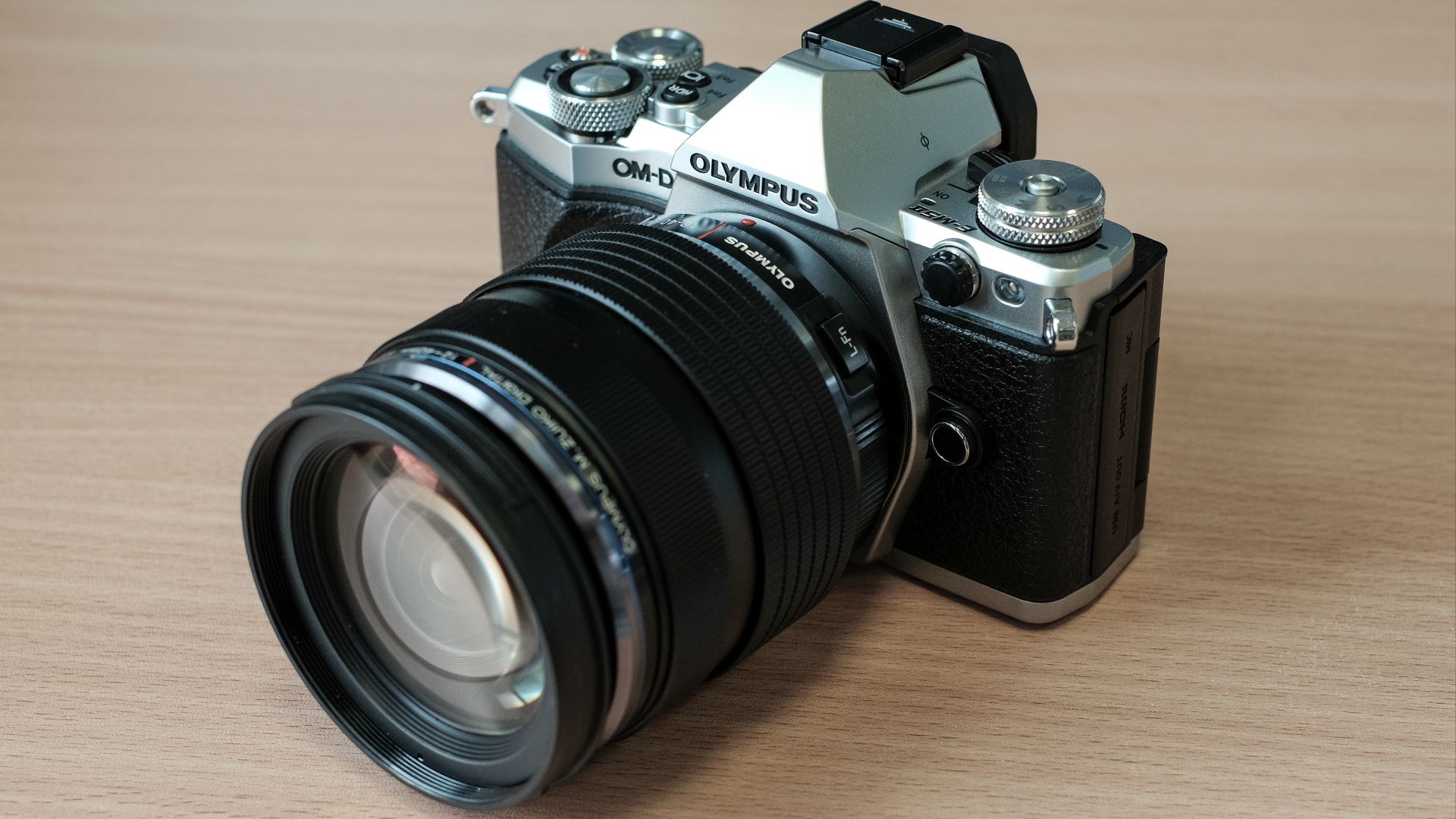 Kārlis Dambrāns from Latvia on Wikimedia
Kārlis Dambrāns from Latvia on Wikimedia
9. Nikon Z9 (2021)
Nikon went all-in with the Z9—no mechanical shutter, no compromises. It delivered 45.7 MP stills, 8K video, and blackout-free shooting. Pros called it a mirrorless D6, but better. Wildlife and sports photographers finally had a Nikon mirrorless that could truly keep up.
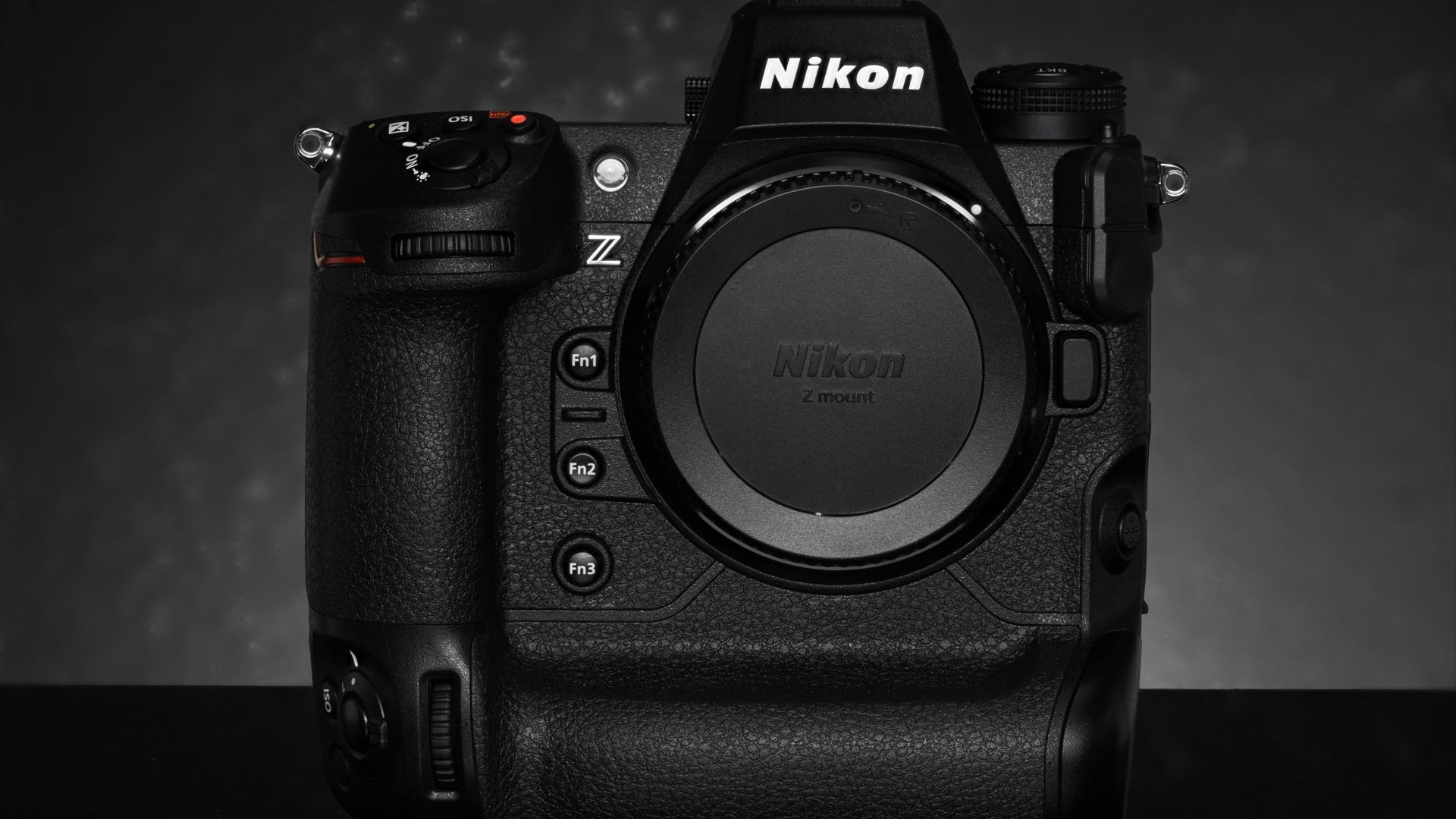 Henry Söderlund from Helsinki, Finland on Wikimedia
Henry Söderlund from Helsinki, Finland on Wikimedia
10. Ricoh GR III (2019)
It's a cult classic in a digital shell. The GR III isn’t flashy but nails the essentials: a 28mm equivalent lens and unmatched street cred. It’s for photographers who love simplicity, stealth, and sharp images. This camera quietly wins hearts, one snapshot at a time.
 Ricoh’s latest GR III has one crucial, dreamy, change by The Verge
Ricoh’s latest GR III has one crucial, dreamy, change by The Verge
11. GoPro HERO10 Black (2021)
Tiny but tech-packed! The HERO10 amped up action cam performance with a new GP2 processor and 5.3K video at 60fps. It captured chaos with clarity when strapped to a helmet, board, or selfie stick. This cam is adrenaline-proof and built for the bold.
 GoPro Hero 10 Black Review: 16 Things to Know! by DC Rainmaker
GoPro Hero 10 Black Review: 16 Things to Know! by DC Rainmaker
12. Pentax K-1 Mark II (2018)
While others ditched DSLRs, Pentax doubled down and delivered. The K-1 Mark II brought full-frame resolution, pixel shift tech, rich gradation, and astrotracing to the table. A rugged beast for outdoor shooters who don’t mind going old school. And yes, it’s weatherproof.
13. Sony RX100 VII (2019)
The pocket-sized powerhouse. With a 1-inch sensor, 24–200mm zoom, and real-time tracking AF, the RX100 VII made travel photography feel like cheating. It shot like a mini DSLR—just without the bulk. If you wanted high-end results without hauling a bag, this camera had your back.
14. DJI Osmo Pocket (2018)
A gimbal and 4K camera in one tiny stick? The Osmo Pocket was perfect for vloggers and travelers. It offered buttery-smooth footage in a truly portable package. No bags, no setup, just pull it out and film. Spontaneity met stabilization in the palm of your hand.
15. Panasonic Lumix S5 II (2023)
Panasonic finally nailed phase detection AF, and the S5 II made sure everyone noticed. This hybrid camera delivered full-frame quality and real-time autofocus without the hunting. It’s what Lumix users had been waiting for, and it came with a lower price than rivals.
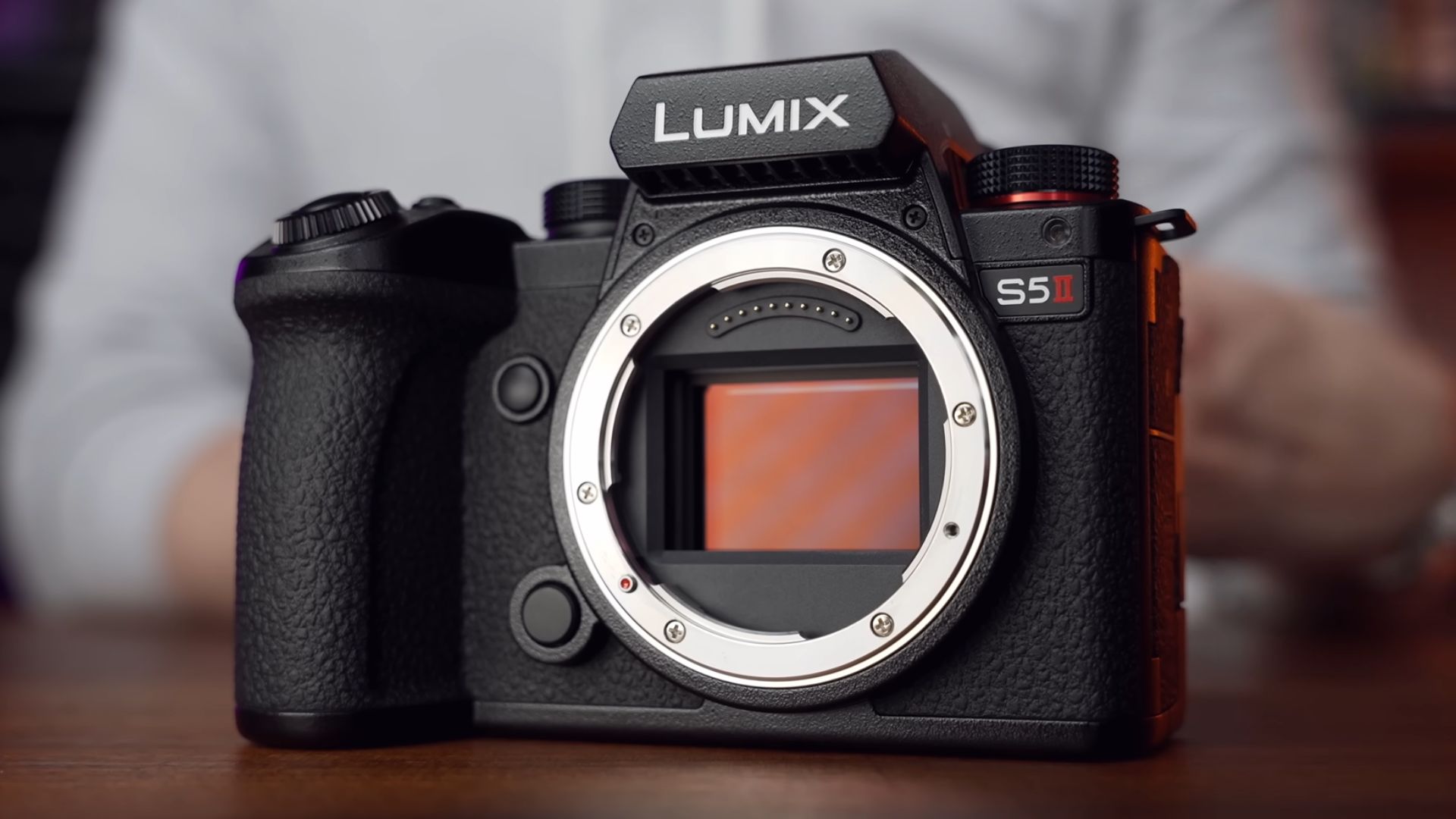 Panasonic S5 II Review: Unbeatable Value by Gerald Undone
Panasonic S5 II Review: Unbeatable Value by Gerald Undone
16. Canon PowerShot G7 X Mark II (2016)
Canon’s G7 X Mark II hit a sweet spot between portability and performance. With its bright f/1.8–2.8 lens and responsive touchscreen, it excelled in low light and casual video shooting. The Canon gave casual creators an easy step up from smartphone snaps.
17. Hasselblad X1D II 50C (2019)
Medium format met modern elegance in the X1D II. Nature and studio shooters got the big sensor experience in a surprisingly sleek body. The 16-bit color depth and razor-sharp detail impressed fine art and commercial photographers who value image purity above all.
 Hasselblad X1D II 50c Review | Portable Medium Format Camera by Park Cameras
Hasselblad X1D II 50c Review | Portable Medium Format Camera by Park Cameras
18. Sony Alpha A6000 (2014)
Before mirrorless was mainstream, the A6000 proved compact cameras could still be fast, reliable, and affordable. Its 179-point autofocus system outpaced many DSLRs then, and its real draw was responsiveness. It became a staple for people who did not want just camera labels.
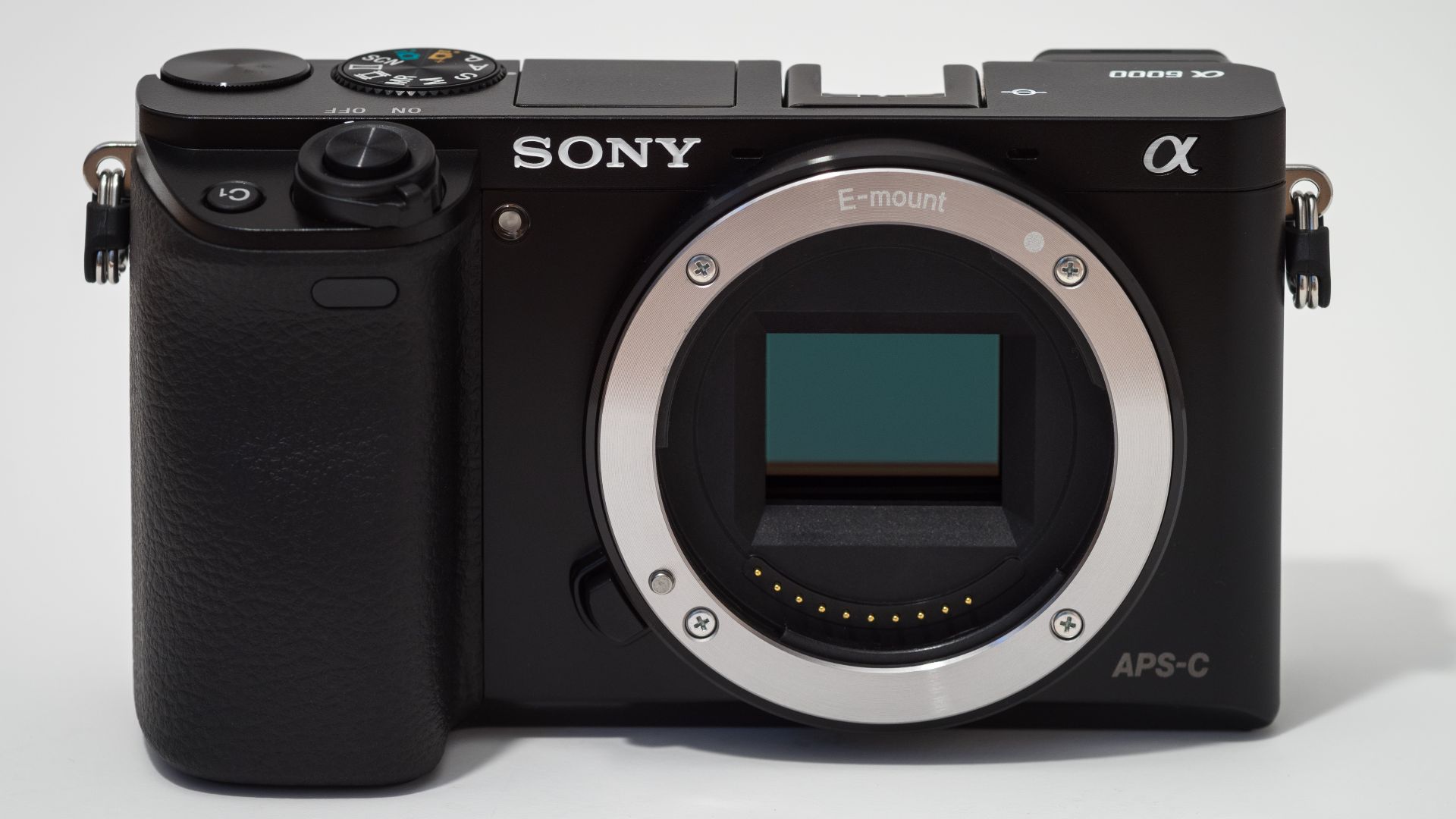 JürgenMaternRetouched by Bourgeois.A on Wikimedia
JürgenMaternRetouched by Bourgeois.A on Wikimedia
19. Sony FX3 (2021)
This one was built for creators who cared more about frames per second than megapixels. It had a fan and full-frame 4K at 120fps or 1080p up to 240fps. With the Sony FX3, run-and-gun filmmaking got a compact powerhouse that didn’t compromise on pro video tools.
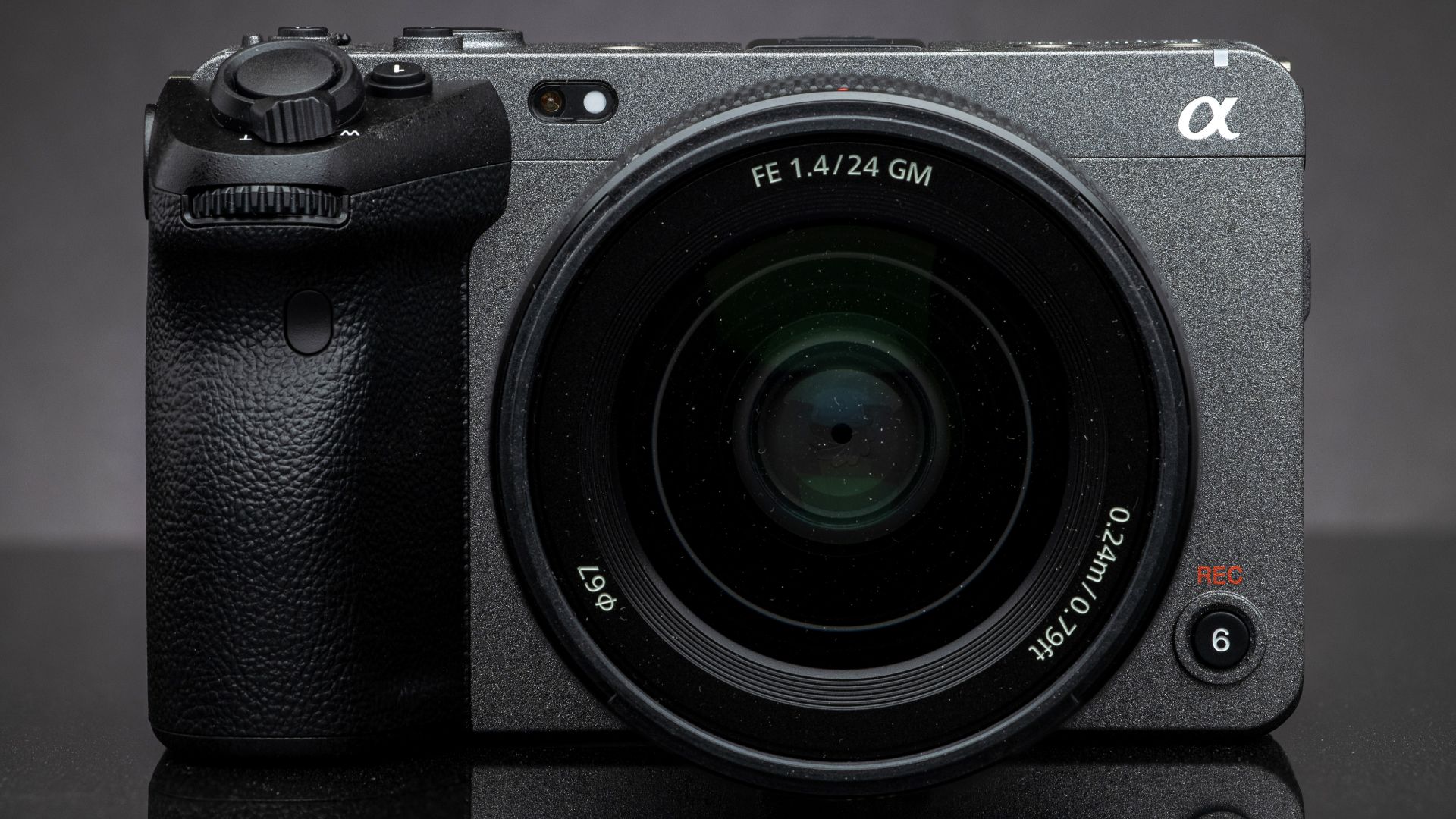 Henry Söderlund from Helsinki, Finland on Wikimedia
Henry Söderlund from Helsinki, Finland on Wikimedia
20. Sigma fp (2019)
The world’s smallest and lightest full-frame mirrorless camera made a bold entrance. It prioritized flexibility over ergonomics, offering external 12-bit RAW video and pro-level features in a body smaller than most APS-C cameras. It’s unconventional but refreshingly open-ended.


